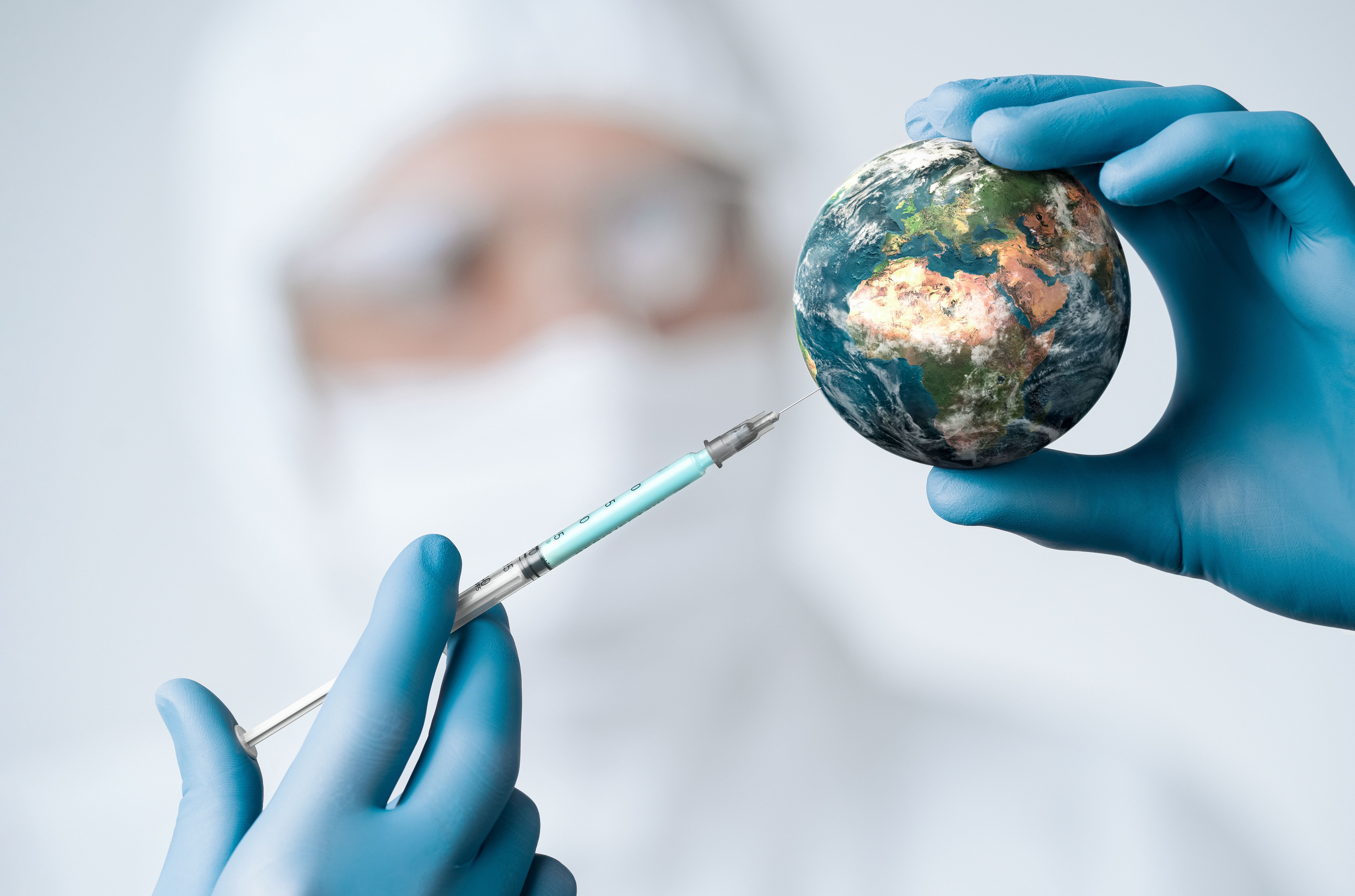
Telemedicine In Response To The Pandemic: The Struggle And The Possible Resolution
It’s not very often that a singular event dramatically changes how people and businesses operate. The COVID-19 pandemic did just that. And because this is a health crisis, one of the industries that is looking at the most change is health care.
People still need check-ups, diagnosis, and medicine, but are put in a risky situation visiting the same heroic professionals that are dealing with victims of a virulently contagious virus that nobody is immune to. The medical field is quickly turning to telemedicine to treat patients without the risk of spreading the coronavirus, but there are logistical and technological issues that can get in the way. Fortunately, companies like Lineate, who specialize in building/developing custom technology solutions with experience working with one of the largest medical centers in NYC, can help with this extremely important service.
How Telemedicine is Helping
Now that teleconferencing has become synonymous with pandemic living, it makes sense that certain medical check-ins can be done remotely. Especially when social distancing is encouraged and hospitals and doctor’s offices are logical settings where the coronavirus can spread. As Centers for Medicare and Medicaid Services (CMS) states: “It is imperative during this public health emergency that patients avoid travel, when possible, to physicians’ offices, clinics, hospitals, or other health care facilities where they could risk their own or others’ exposure to further illness.”
Telemedicine helps with any service that does not require in-person testing equipment. Some of these areas include, but are not limited to:
- Remote patient monitoring (RPM)
- Chronic Care Management
- Remote Mental Health Counseling
- Follow-Ups
- Telepharmacy
Telemedicine can also be used by physicians as an initial diagnostic for serious issues (such as COVID-19 symptoms), and direct their patients with prudent next steps.
During this pandemic, telemedicine helps ease the pressure of doctors and nurses in heavily-hit urban areas, but there might be even more (and longer lasting) benefits for rural areas, where doctors and hospitals are harder to travel to. As the CDC states, “People who live in rural areas of the United States are more likely than urban residents to die prematurely from all of the five leading causes of death: heart disease, cancer, unintentional injury, chronic lower respiratory disease, and stroke.” A large part of this comes from a lack of available healthcare. Doctors can save more lives even after COVID-19 is behind us by obtaining new patients from underserved communities and serving them remotely.
The Effect of COVID-19 on Telemedicine
Not only are more medical facilities being turned onto the idea of telemedicine in the wake of COVID-19, but there are also governmental “restriction lifts” that have taken place to allow for expanded telehealth. Under the 1135 waiver authority and Coronavirus Preparedness and Response Supplemental Appropriations Act, CMS has temporarily relaxed some restrictions to allow greater opportunities for care:
- Previously, the law required that a patient have a prior established relationship with a particular practitioner. Now, HHS “will not conduct audits to ensure that such a prior relationship existed for claims submitted during this public health emergency.” This means, until further notice, patients may teleconference with doctors they do not know.
- Interstate licensing restrictions have been temporarily set aside, meaning that medical practitioners “will be able to treat patients in other states, enabling them to scale up telehealth and mHealth programs to reach more people and improve access for those in remote areas.”
- Starting from March 6, 2020, Medicare pays for medical care furnished via telehealth across the country. Before, Medicare could only cover for telehealth on a limited basis.
Telemedicine Struggles
While “restriction lifts” have made it more possible for doctors and other medical workers to give care via telemedicine, there are still roadblocks that remain. Most of these roadblocks are logistical and technological. Many medical practitioners have not yet set up a system for telemedicine.
One issue includes setting up a system for scheduling and filtering. Then there is secure transfer of medical records and other sensitive information between doctors. Most importantly, there is the ease of use for teleconferencing. Both the patient and the medical professional must be clearly seen and heard, and the setup must be as simple as possible for those of us that are less-than tech savvy (if any of you have been talking to your parents on Zoom, you know exactly what I mean…). And because medical professionals can now speak to people from different parts of the country, localization and language issues may also arise.
Finally, there is the messaging. Many patients don’t know that telemedicine is even an option, and even fewer would know if and how your medical practice participates. You must communicate with your patients, and others that need medical help, that your office is (remotely) open.
Telemedicine Solutions
Companies like Lineate can help build your telemedicine infrastructure and help get medical expertise to the people that need it most. With over a decade of experience working within the complex eco-system of healthcare, our team can expertly manage the changing ways doctors are communicating with their patients, all while navigating secure patient and insurance data. From healthcare specific software development, to building data-based engagement strategies, Lineate can create custom builds to help medical professionals do what they do best — help people.
To learn more, please contact us.
Share:
Got a project?
Harness the power of your data with the help of our tailored data-centric expertise.
Contact us